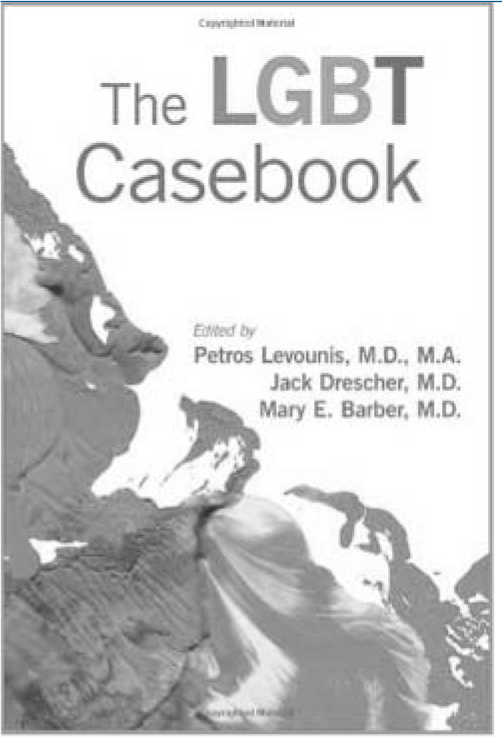
A young patient of mine described his mother running to the toilet to vomit and then disappearing out of the house for 24 hours when he told her he was gay. This is not the struggle of your average student. The difficulty confronting and dealing with both external and internalised homophobia, as well as coping with the nature of difference, leads some lesbian, gay, bisexual and transgender (LGBT) people to despair. For many years we have known that, despite more liberal attitudes in Western countries, rates of attempted suicide and self-harm are higher in LGBT people than in their heterosexual counterparts. Recently, it has become clearer that rates of completed suicide are also much higher - at least in men - even in those in the most stable of situations such as civil partnerships. Lesbian, gay and bisexual people are more vulnerable to a range of mental illnesses and substance use disorders. This is most likely the result of the difficulties inherent in growing up gay and lesbian in societies which reject homosexuality. Bereavement in particular is more difficult to cope with when the exact nature of relationships may not be known by friends and work colleagues. Religious and spiritual difficulties are common given that most Abrahamic faiths reject the concept of same-sex relationships. Homophobia is nowhere more apparent than in mainstream Christianity and Islam where attempts to ‘heal’ people by making them heterosexual are growing increasingly common, particularly in the USA.
Mental health professionals need to be aware of these issues and this excellent clinical casebook is a step in that direction. It is an intensely pragmatic book which is embedded in the case histories of real people and which deals with issues of mental and general well-being in LGBT people. It begins with basic principles of when, how and how often LGBT people negotiate the minefields of revealing one's sexuality to family, close friends and colleagues, before dealing with issues of parenting and psychotherapy. There then follows an extensive series of clinical examples, which deal with particular mental disorders in this group. This is the meat of the book on which the editors place particular importance.
This casebook will be extremely useful to mental health professionals who are unaware of or unfamiliar with the issues faced by LGBT people and will go some way towards reducing the discrimination and prejudice they experience, even within mental health services. Each case history ends with a number of key points and questions that lend it particularly well to continuing professional development.





eLetters
No eLetters have been published for this article.